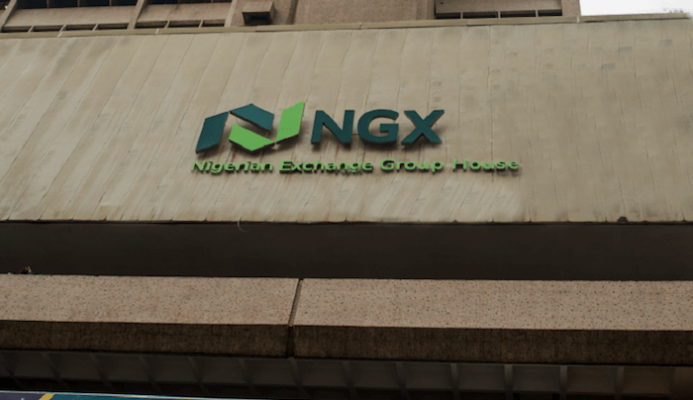The World Bank in a brief on social inclusion in Africa weekend indicated that seven out of world’s 10 most unequal countries are on the continent, and that despite great strides made towards poverty reduction, the region hosts half of the world’s extreme poor due largely to social exclusion and inequality.
It said current trends in Africa contribute to these challenges of exclusion and that due to population momentum, for example, the number of people living in extreme poverty in Africa increased by more than 100 million although their population share declined.
“In addition, inequality poses a challenge: Seven out of 10 most unequal countries are in Africa. The region is also undergoing rapid urbanization with 40,000 new urban dwellers per day,” it stressed, adding that over 450 million new urban dwellers are expected between 2010 and 2040, with half of Africa’s population living in urban areas by that year.
It therefore urged urgent action on the continent to end global poverty with social inclusion as an indispensable platform in realizing it.
Social inclusion, according to the World Bank, is the process of improving the terms for individuals and groups to take part in society through three interrelated domains: markets (e.g. labor, land, housing, credit), services (e.g. electricity, health, education, water) and spaces (e.g. political, cultural, physical, social).
It said to improve the terms on which people take part in society means to enhance their ability, opportunity and dignity, adding that identity is the key driver of social exclusion.
“Individuals and groups are excluded or included based on their identity. Among the most common group identities resulting in exclusion are gender, race, caste, ethnicity, religion, age, occupational status, location, and disability status,” it noted, adding that social exclusion based on such group attributes can lead to lower social standing, often accompanied by lower outcomes in terms of income, human capital endowments, access to employment and services, and voice in both national and local decision making.
In Africa, while social exclusion has many faces, some stand out like the youth and women not being given the opportunity to participate in society due to long held tradition and cultures, protracted conflict, and high population growth as well as forced displacements.
It noted that forced displacement is an inclusion challenge in Africa, and that as a result of conflict, persecution, human rights abuses, natural disasters and failure of governance, the region hosted 5.1 million refugees at the end of 2016, representing 30 percent of global refugees.
“The opportunities for women in Africa are constrained, not least, due to violence and insecurity. 46 percent of women in Africa have experienced either non-partner sexual violence or physical or sexual violence by an intimate partner, or both, it stated.
The Bank’s stated that estimates suggest that though the share of the African population in extreme poverty declined from 57 percent in 1990 to 41 percent in 2013, the world’s extreme poor will be increasingly concentrated in Africa.
“389 million people in Africa were still living on less than US$1.90 a day in 2013, more than in all other regions combined. Poverty reduction in Africa also lags other regions: East Asia and South Asia started out with similar poverty rates in the 1990s, but their poverty rates are much lower today at 4 percent and 15 percent respectively,” the brief noted.
It stated that the region not only houses the largest number of the poor, but Africa’s poor are, on average, living much further below the US$1.90-a-day extreme poverty threshold, and that ending global poverty therefore requires urgent action in Africa and a social inclusion lens will be indispensable towards this.
Specifically, the brief referenced the growing number of youth on the continent, which ordinarily would have presented a huge opportunity if handled properly but now becoming a source for risks.
“With the right policies and programs in place, a young population offers tremendous opportunities for a ‘demographic dividend’. Yet, over the next 10 years, only one in four of Africa’s youth are expected to find a wage job at best. This lack of opportunities not only threatens the realization of the demographic dividend. At its worst, it can contribute to radicalization and violence,” it noted.
The World Bank noted that there are opportunities to be built upon towards inclusive development in Africa, including the remarkable economic growth in the last decade, technology, innovation and entrepreneurial spirit, which could lift people out of poverty and exclusion.










